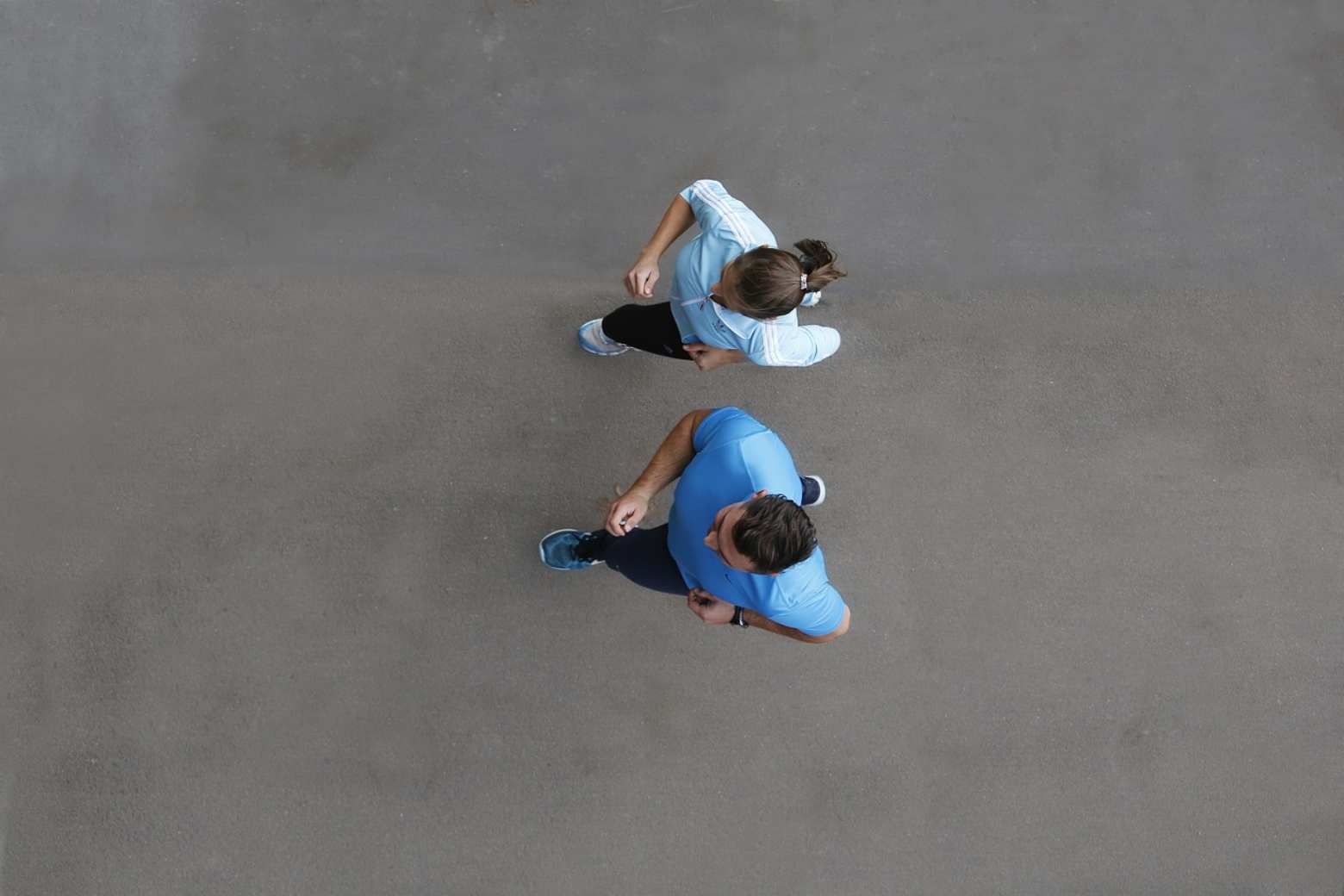1. Introduction: The Importance of the Right Running Shoes
Choosing the right running shoes is an art and science combined. For avid sports enthusiasts, finding the right pair isn’t just a purchase – it’s an investment in health, comfort, and performance. There are unique benefits and drawbacks to each shoe for runners. It is crucial to understand the nuances of cushioning, stability, grip, aesthetics, and brand reputation since countless options are available on the market. Every stride on the track, trail, or treadmill can be a step toward achieving your personal best when running with a good running shoe that prevents injuries, maximizes comfort, and potentially elevates performance.
2. The Anatomy of a Running Shoe
Even though running shoes seem simple from the outside, they are actually a complex blend of engineering and design. It is essential to keep the foot secure and comfortable. The Midsole is essentially the core of a shoe, and is usually crafted out of mesh or synthetic materials. The Upper ensures breathability and fit. There is also the rubber outsole. Typically constructed of rubber, it provides traction for running on various terrains. Tread patterns vary depending on whether the shoe is designed for road running or trail running. It is important to understand the insole, is often removable since it provides cushioning and arch support. These components directly impact the performance, durability, and comfort of the shoe.
3. Foot Arch and Pronation: Know Yourself
Foot uniqueness is largely determined by the arch type. There are three primary arch types: Flat, Neutral, and High. Flat arches often cause overpronation, which causes the foot to roll inward and causes injuries to the ankles. Shoes designed for flat feet typically offer stability, and neutral arches offer natural foot movement. These shoes usually provide a balance between stability and natural foot movement. In some cases, it can be turned out in shin splints because of strain on the outer edges of the foot. For this reason, cushioned shoes are no recommended. In order to choose the right running shoe, it is imperative to identify your arch type and understand your pronation pattern. Thankfully, many sports stores offer gait analysis to help you learn.
4. Running Terrain Matters: Road vs. Trail
You should purchase a shoe based on where you run. A road running shoe is designed for running on paved paths and provides flexibility, lightweight design, and enhanced cushioning. These shoes are designed for running on hard surfaces, ensuring a smoother ride. Trail running shoes are for off-road routes and are designed for enhanced grip, stability, and underfoot protection. Those who run mostly on tracks or treadmills will benefit most from road running shoes; those exploring mountains, uneven trails, or wooded areas will benefit greatly from trail running shoes.
5. Size and Fit: The Foundation of Comfort
Finding the correct size is about more than just the length of your foot. The width, toe box, and heel fit are equally essential. A shoe that doesn’t fit can lead to blisters, black toenails, or even more severe foot injuries. When trying on shoes, ensure there’s a thumb’s width of space between the longest toe and the end of the shoe. This space caters to foot expansion during a run. Also, your foot should feel snug but not tight. Pay attention to any pinching or discomfort. Remember, sizes might differ across brands. Hence, always try before buying. A handy tip, especially if shopping online with the advantage of a mamas and papas discount code, is to check return policies. Brands understand the importance of fit, and many offer generous return terms to ensure customer satisfaction.
6. Cushioning: Strike a Balance Between Soft and Firm
A plush, cloud-like cushion is preferred by some runners, while a firmer, ground-like cushion is preferred by others. Running communities are very focused on cushioning. It’s just a matter of personal preference, whether or not both options work. Cushioning that is thicker, especially on hard surfaces, absorbs more shock, reducing injury risk. However, too much cushioning can compromise stability. Cushion level should always be determined based on the most frequent type of runs you’ll be doing.
7. Durability and Lifespan: Maximizing Your Investment
You shouldn’t just look at the initial price, which can be reduced with discounts, but also at their longevity. Running shoes typically last 300 to 500 miles. Watch out for signs of wear, especially on the midsole and outsole, since these three factors determine how long a shoe will last. The running surface, the runner’s weight, and the shoe construction all play a role in determining how long the shoe will last.
8. Aesthetic and Brand Preferences: The Cherry on Top
Although functionality should always be a priority, aesthetics also matter. Athleisure trends have revolutionized running shoes so that they’re not just for workouts anymore. They are now part of everyday wear as well. Many brands offer a wide range of colors, designs, and collaborations, giving runners the freedom to express themselves. But brand loyalty also plays a role. Some runners stick to a brand that suits their feet. Putting comfort, fit, and functionality above appearance is always a great idea. However, once those are checked off, why not pick a design that you love?
9. Conclusion: Lacing Up the Right Way
A running shoe selection involves understanding, experimentation, and personal preferences in order to find the perfect pair. Running enthusiasts can make informed decisions by using resources like this data from discount voucher specialists. In addition to enhancing performance, the right shoe protects them against injury risks as well. If you’re running a marathon or just taking your first steps, find your perfect match. It’s the feet that keep you going.
Also Read: Benefits Of Using A Calorie Tracking App
